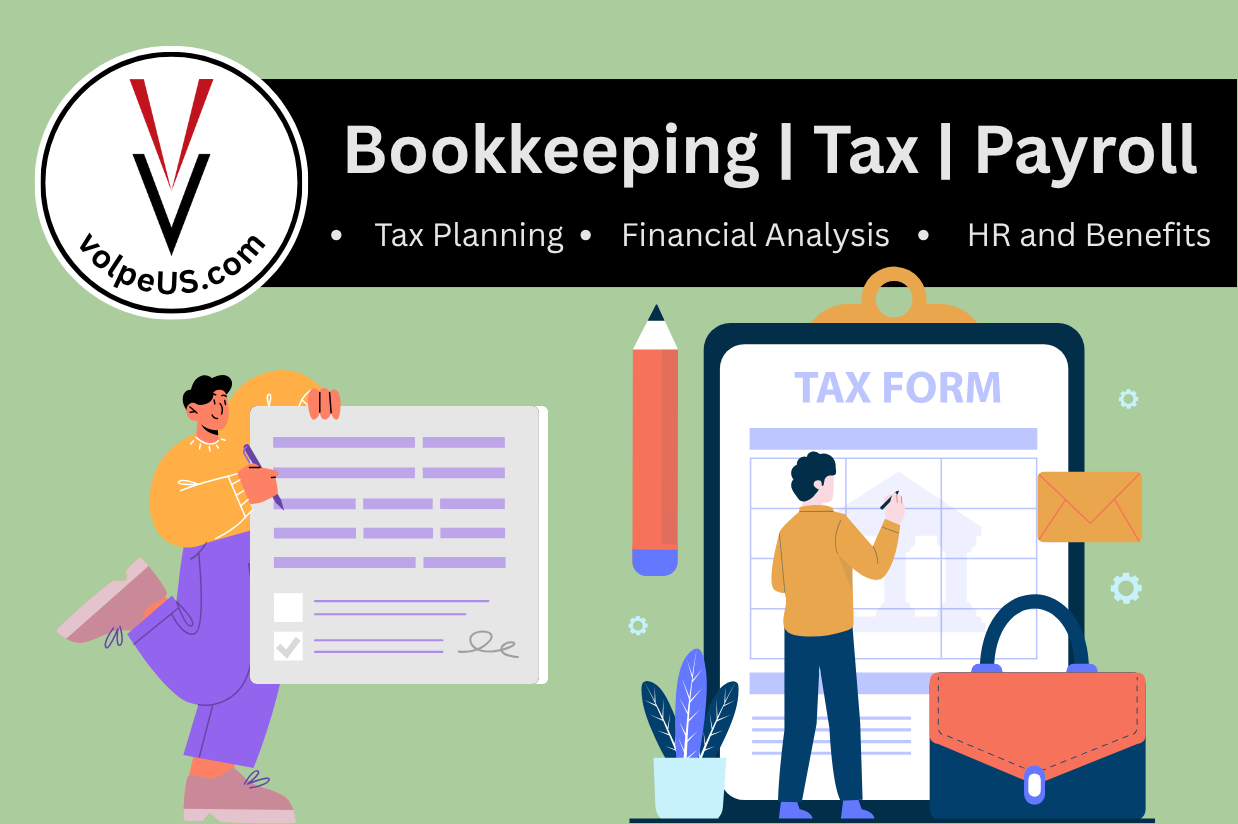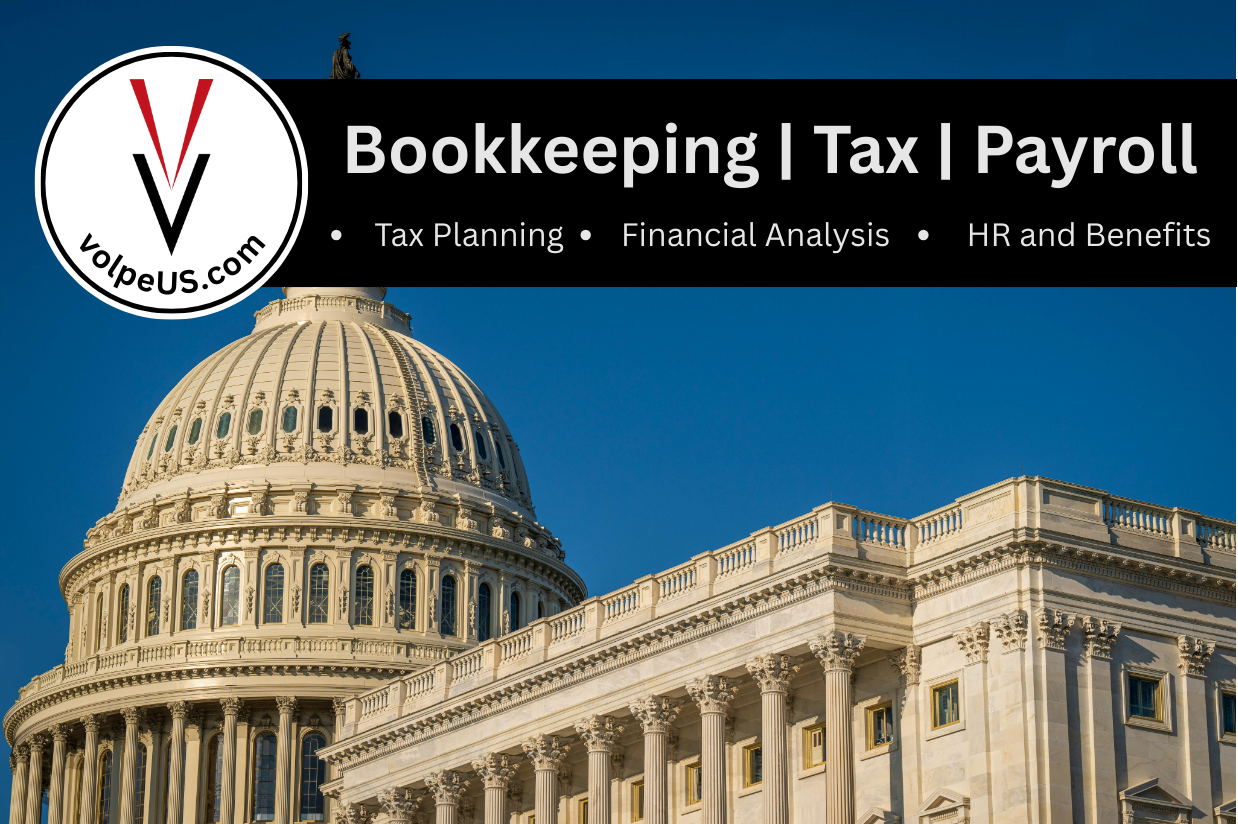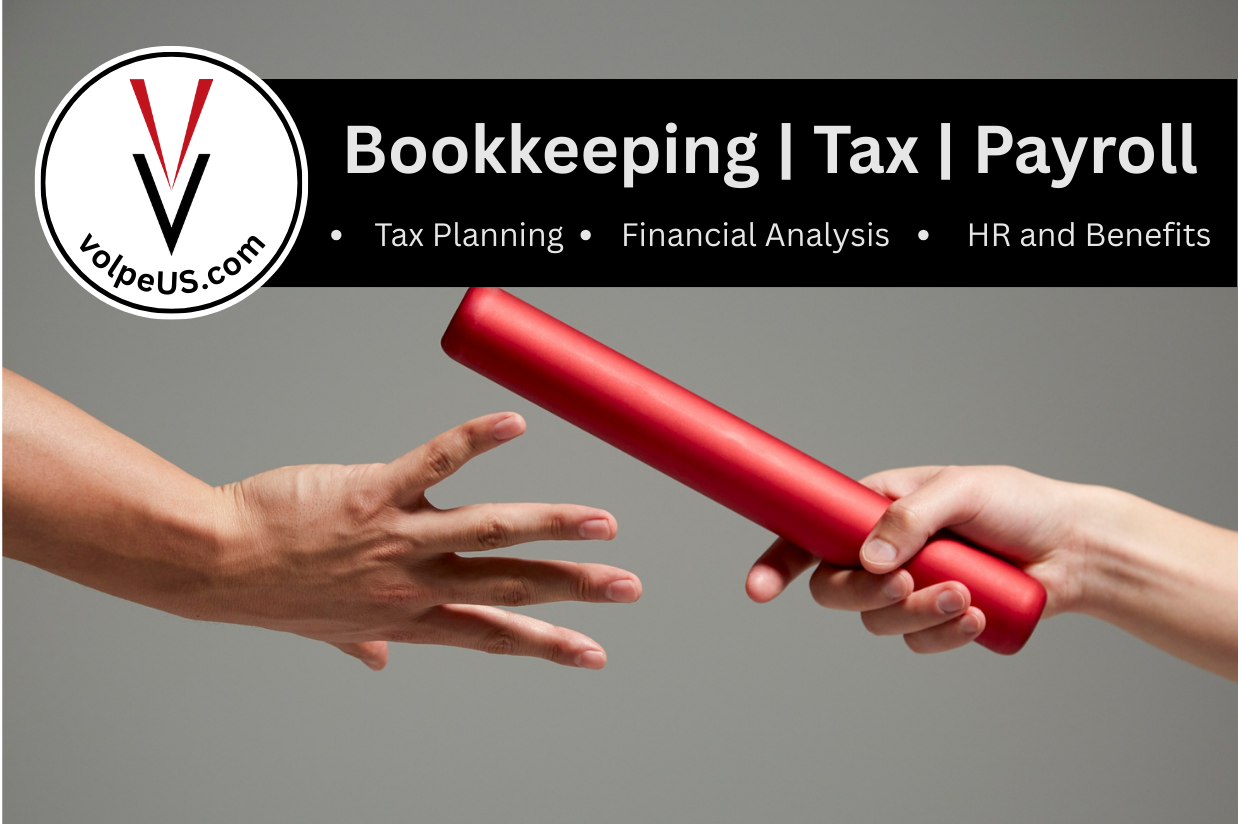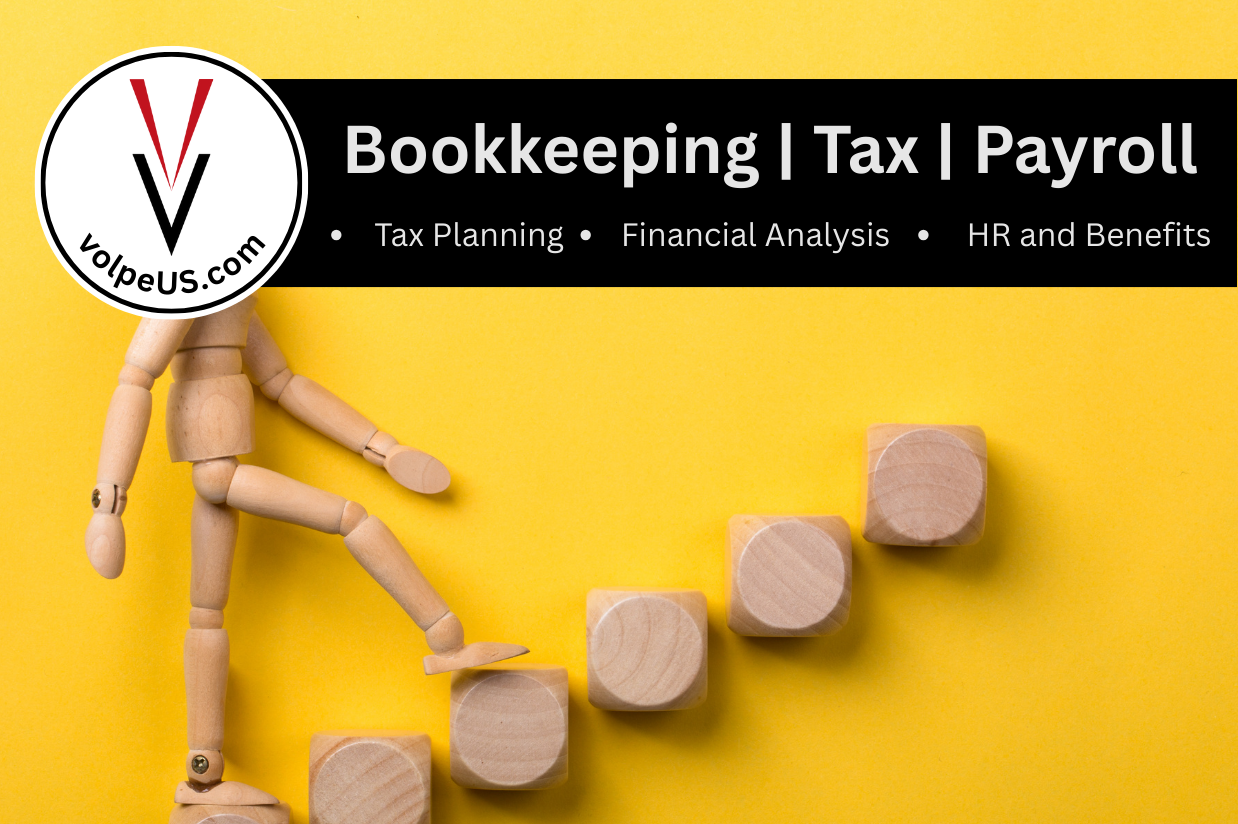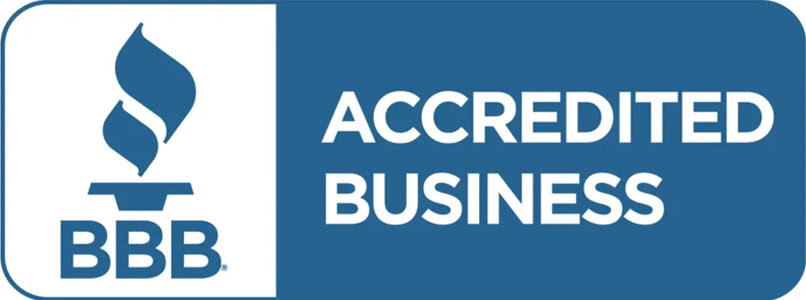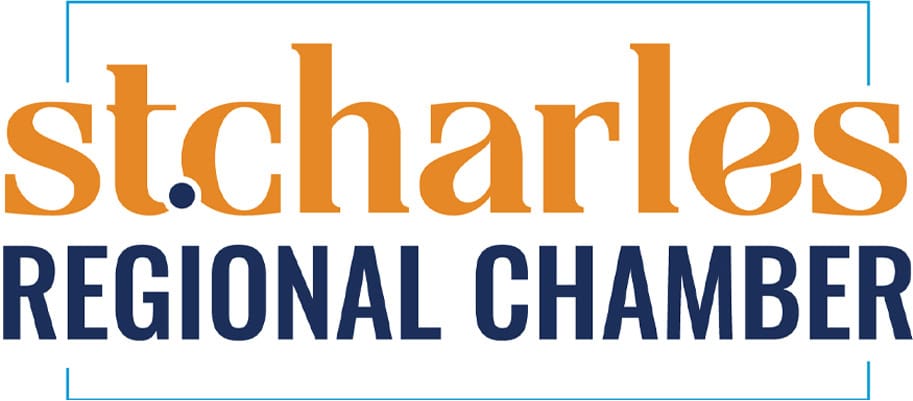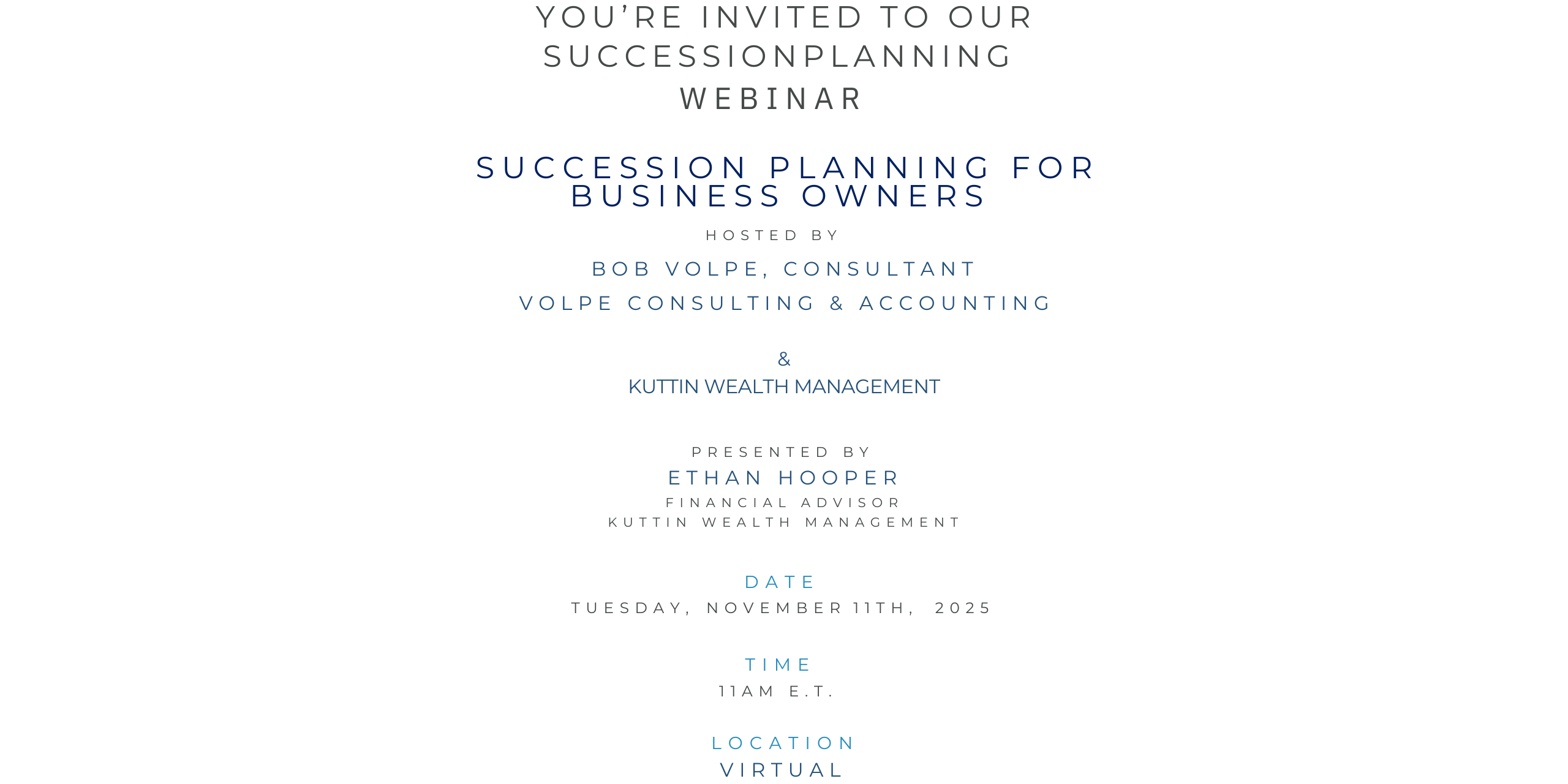
To Join Our Free Succession Planning Webinar on 11/11/25,
Click Here
Financial Planners ~ Lawyers ~ Accountants:
For many small business owners, the business isn’t just a livelihood — it’s the retirement plan. Years of sweat equity, reinvested profits, and personal sacrifice often culminate in a single expectation: that the eventual sale of the business will fund their golden years. Yet, this approach carries significant risks, especially when retirement planning is neglected and diversification is absent.
There are services and expertise available that help bridge the gap between where you should be and where you are, and/or fast track your business and portfolio growth. Your Exit Strategy planning team should include:
- Financial Planning Services – These can be a game-changing ally, but they’re not without trade-offs.
- We recently began working with Kuttin Wealth Management to implement some of our recommended strategies for growing a client’s business value. We envision Kuttin will put into place strategies that we recommend on behalf of our clients, as well as suggesting wealth-building strategies based upon their expertise.
- For more information: https://www.ameripriseadvisors.com/team/kuttin-wealth-management/?cid=IP_local_google
- A Good Lawyer – Can keep it legal and protect you and your business but add little else in terms of financial strategies intended to maximize Net Proceeds.
- Accounting Firms – provide accurate numbers for establishing a Fair Market Value but are not creative or risk – seeking enough to propose growth options. Our focus at Volpe Consulting is to provide comprehensive financial support to our clients and be a part of each client’s growth, profitability, and success.
- For more information: https://volpeconsulting-accounting.com/
Jump to a Specific Section
Financial Planning Services
The Upside: Defining Goals and Creating a Retirement Timeline
- Exit Strategy Design
Financial planners help owners build a structured exit strategy that aligns with personal and financial goals. This includes:
- Valuation modeling to estimate the business’s worth
- Tax planning to minimize capital gains and estate taxes. Optimally, this would be in collaboration with the seller’s accounting firm or tax preparer.
- Succession planning for family transitions or management buyouts
- Deal structuring to optimize payout timing and terms
Without professional guidance, many owners overestimate their business’s value or underestimate the complexity of selling it.
- Diversification and Wealth Preservation – diversify for stability
- Establishing retirement accounts (SEP IRAs, Solo 401(k)s)
- Investing in real estate, equities, or annuities
- Creating emergency funds and insurance buffers
This reduces reliance on a single liquidity event and cushions against market or buyer volatility.
- Realistic Retirement Forecasting
Financial planners use tools to model retirement income, inflation, healthcare costs, and longevity risk. This helps owners:
- Set realistic retirement timelines
- Adjust lifestyle expectations
- Identify funding gaps early
The Downside: Costs, Control, and Compatibility
- Cost of Services
Comprehensive financial planning isn’t cheap. Fees may include:
- Hourly rates ($150–$550/hour)
- Flat fees ($2,500–$9,200/year)
- AUM-based fees (0.5%–1.5% of assets under management)
For owners with limited liquidity outside their business, this can feel like a luxury.
- Loss of Control
Some owners resist external advice, especially when it challenges long-held beliefs or emotional attachments to the business. Financial planners may:
- Recommend selling earlier than expected
- Suggest uncomfortable lifestyle changes
- Push for diversification that feels risky
This can create tension if the owner isn’t ready to relinquish control or shift mindset.
- Mismatch in Goals or Expertise
Not all planners understand the nuances of small business ownership. A mismatch can lead to:
- Generic advice that overlooks business-specific risks
- Poor integration between personal and business finances
- Misaligned exit strategies that don’t reflect industry realities
Owners should vet planners for experience in business transitions, M&A, and entrepreneurial finance.
Seller’s Expectations vs. Exit Plan Complications
Most small business owners fall into a common trap: assuming their business will sell quickly, at full value, and fund their retirement entirely. In reality:
- Valuations may be lower than expected.
- Assuming the type of valuation (of the 6 – 12 different valuation techniques) is appropriate for the business being valued, there can be a substantial amount of “wiggle room”, or creative interpretation in most valuation software, which erodes the accuracy and buyer confidence in the final numbers.
- Buyers often demand seller financing or earn-outs.
- Often, seller financing can be strategically designed to reduce and spread tax consequences over a period of years, reducing or eliminating the tax burden by spreading the capital gains windfall over multiple periods (years).
- Earn-outs are another story, seldom working in favor of the Seller. A creative strategy team can help find a more workable solution to this scenario.
- Market conditions can delay or derail deals.
- Equally detrimental to pending deals are the buyers themselves. Delays, other opportunities, and undisciplined use of funds can kill a purchase or at the very least, send buyers (and Sellers) back to the drawing board to restructure a deal.
- Many businesses take 12–24 months to sell. This, and other factors make the case for starting retirement or exit planning early. Invariably, a business’ optimal value will be achieved at some point during its life, and strategic planning to exploit the business’ peak value can make a huge impact on a seller’s Net Proceeds.
A perfect example of this follows, and further illustrates the importance of having a professional, knowledgeable, collaborative and proactive team in place:
- Some businesses can be reclassified as *Qualified Small Business Stock or QSBS, which eliminates tax on at least the first $10MM -$15MM of Capital Gains. But the qualifying strategy requires the original owner to restructure as a C-Corporation for at least the final 5 years of the founder’s ownership. This could obviously affect the timing of a retirement plan but offers a substantial, almost unparalleled benefit.
Qualified Small Business Stock (QSBS)
QSBS offers small business owners a powerful tax incentive: the potential to exclude up to $10 – $15 million or more in capital gains from federal taxes when selling their business, making it a strategic tool for retirement planning.
How it works
QSBS refers to shares in a domestic C corporation that meet specific criteria under Section 1202 of the Internal Revenue Code. If the stock qualifies, the seller may exclude a large portion—or even all—of the capital gains from federal income tax when they sell the shares.
Key Requirements to qualify for QSBS treatment
- Entity Type: The business must be a C corporation (not S Corp or LLC).
- Asset Threshold: The company’s gross assets must not exceed $50 million at the time of stock issuance.
- Active Business Use: At least 80% of assets must be used in active business operations (not passive investments).
- Industry Restrictions: Certain industries are excluded, such as finance, hospitality, law, and real estate.
- Original Issuance: Stock must be acquired directly from the company (not secondary market).
- Holding Period: Shares must be held for more than five years.
Tax Benefits for Retirement Planning
- Capital Gains Exclusion
- 100% exclusion for stock acquired after Sept. 27, 2010
- Up to $10 million or 10x the original investment (whichever is greater) can be excluded per taxpayer, per issuer
- No Alternative Minimum Tax (AMT) on excluded gains
As of 2025, the cap has increased to $15 million, indexed for inflation starting in 2026.
- Multiplying the Exclusion
With careful planning, owners can multiply the exclusion by:
- Gifting QSBS to non-grantor trusts
- Spreading ownership across family members or entities
This can dramatically increase the tax-free portion of a business sale.
Why QSBS Matters for Retirement-Funded Exits
Many small business owners:
- Reinvest profits into the business
- Don’t diversify into retirement accounts or outside investments
- Rely solely on the business sale to fund retirement
QSBS offers a rare opportunity to preserve more of the sale proceeds, especially for owners who:
- Convert their LLC or S Corp to a C Corp early
- Issue stock to themselves or family members
- Hold the shares for 5+ years before selling
This can mean the difference between retiring with $10 million tax-free vs. losing up to 23.8% in federal taxes.
Risks and Limitations:
- Strict qualification rules: Missing any requirement can disqualify the stock.
- Holding period: Must wait 5 years to benefit.
- Industry exclusions: Not all businesses qualify.
- State taxes: Some states don’t conform to federal QSBS rules.
- Ownership structure pitfalls: Transfers to partnerships or S corps can void QSBS status.
Summary
For small business owners banking on a sale to fund retirement, QSBS is a strategic lever worth exploring. It requires early planning, the right corporate structure, and a long-term view—but the payoff can be millions in tax savings. Engaging a financial planner or tax advisor familiar with QSBS is essential to navigate the rules and maximize the benefit.
For more information or to learn more about available services, please visit the following websites:
Kuttin Wealth Management https://www.ameripriseadvisors.com/team/kuttin-wealth-management/?cid=IP_local_google
Volpe Consulting & Accounting Services https://volpeconsulting-accounting.com/



